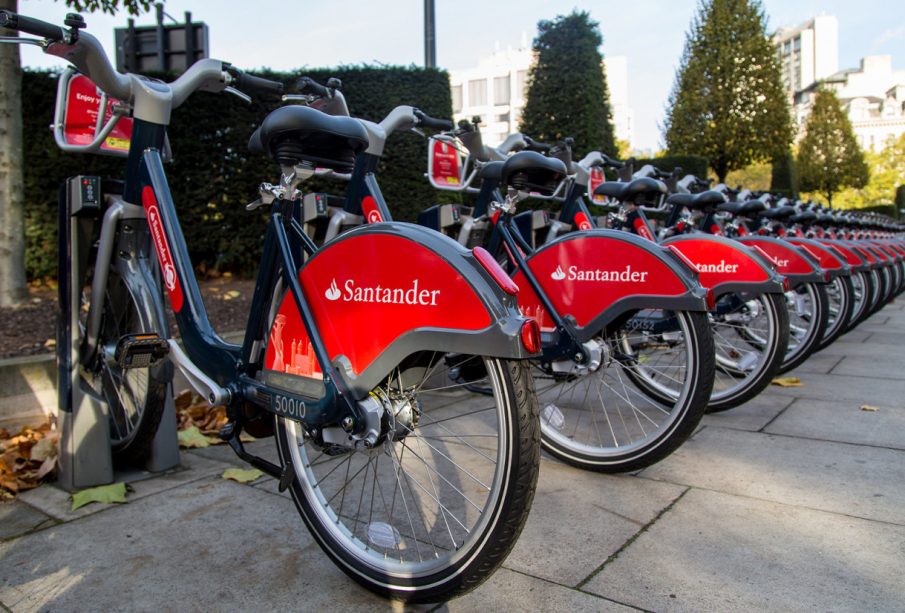Exploring Santander Cycles: London’s Iconic Bike Sharing Scheme

Introduction
Santander Cycles, often referred to as “Boris Bikes”, is a bike-sharing scheme launched in London in 2010. With the growing concern for environmental sustainability and urban congestion, cycling has emerged as a viable transport solution in metropolitan areas. The initiative provides a convenient means for Londoners and visitors alike to navigate the city while reducing reliance on cars and enhancing public transport options.
Details of the Santander Cycles Scheme
The programme is operated by Transport for London (TfL) in partnership with Santander UK. Currently, there are over 800 docking stations and 11,000 bicycles available across central London, making it one of the largest bike-sharing schemes in the world. Users can either pay-as-they-go or opt for a membership, allowing them to access bikes for short journeys. The first 30 minutes of usage is free, encouraging short trips and helping to ease the congestion that London faces.
Since its inception, Santander Cycles has experienced significant growth. Recent reports indicate that over 4 million rides were taken in the last year alone, demonstrating the scheme’s increasing popularity. As part of its ongoing commitment to sustainability, TfL has also announced plans to invest further in bike infrastructure to accommodate the growing number of cyclists in London.
Health and Environmental Benefits
The health benefits of cycling are well-documented, with studies showing that regular cycling improves cardiovascular fitness, strengthens muscles and enhances overall well-being. Moreover, reducing the number of cars on the road contributes to lower air pollution levels, aiding in the fight against climate change. The increase in cycling as a mode of transport can help to foster a healthier urban environment.
Recent Developments and Future Outlook
As part of efforts to make cycling safer and more accessible, TfL has also introduced new safety measures in response to the pandemic including enhanced cleaning of bikes and docking stations. The expansion of cycle lanes across the city has been a welcome development for cyclists, providing dedicated pathways that make cycling safer for everyone.
Conclusion
Santander Cycles plays a pivotal role in promoting cycling as a sustainable mode of transport in London. As the city continues to grapple with transportation challenges, schemes like Santander Cycles offer a glimpse into a cleaner, healthier urban future. With continued investments in cycling infrastructure and public awareness campaigns, the hope is that more Londoners will embrace cycling, leading to a decrease in traffic congestion and air pollution.









